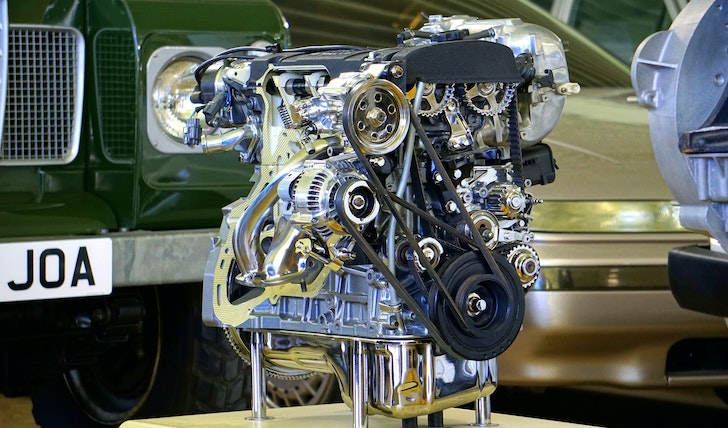Engineers often face the painstaking task of having to figure out what is happening inside an object simply by observing its exterior conditions. To provide these engineers with more accurate and reliable information, a research team from South Korea develops a new deep-learning approach.
This method produces detailed predictions about internal structures, voids, and cracks in the material. How? Well, based on data about external conditions.

Times | Although the Deep Learning method is in its novelty, it has the potential of predicting the interior of materials with absolute accuracy.
Of course, the results are mind-blowing. Once this hits the market, it will be a game changer for all engineers. In this article, we are going to explore all the benefits and features of this Deep Learning method. Without any further ado, let’s get started:
How Does the Deep Learning Approach Work?
The team used a type of machine learning called deep learning to compare a large set of simulated data about materials’ external force fields. This technique allowed them to create models that accurately predict the material's interior structure. With this method, engineers are able to gain insight into previously unknown properties by simply studying the material's surface.
The research team was able to successfully predict the internal conditions of a wide range of materials, including metals and ceramics. They were even able to accurately predict how heat dissipates in particular materials, allowing engineers to better understand thermal conduction processes and optimize their designs.

Mike / Pexels | Essentially, the Deep Learning Method assesses the exterior of the material to gauge issues with the interior of the material.
What Are the Benefits of the New Deep Learning Method?
This new deep-learning approach has several benefits for engineers. First, it allows them to save time by not having to physically examine each component to determine its internal structure. It also allows them to gain more detailed insight into the material’s interior than ever before, which can help inform their design decisions.
Finally, this method provides accurate predictions about previously unknown properties, such as thermal conduction, which can help engineers better control the temperature of their designs. By utilizing this new deep learning approach, engineers can get reliable information about internal structures and devise more efficient designs.
By combining deep learning with accurate simulations of force fields, engineers can gain valuable insight into the internal structure of their materials and optimize their designs. Thus, this new approach is sure to revolutionize engineering design going forward.

Anna / Pexels | Not only this, Deep Learning makes the process easy for engineers. But it also makes it cheap and effective.
The Final Word
This new deep-learning approach has the potential to revolutionize engineering design by allowing engineers to gain detailed information about a material’s internal structure without physically examining it. Thus, by combining deep learning with accurate simulations of force fields, this method could save time and provide more reliable predictions about previously unknown properties.
With its many advantages for engineers, this new approach will surely make waves in the world of engineering design.











